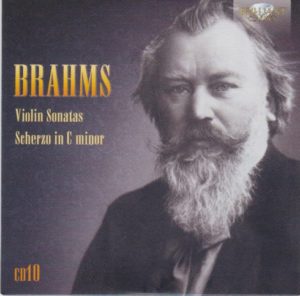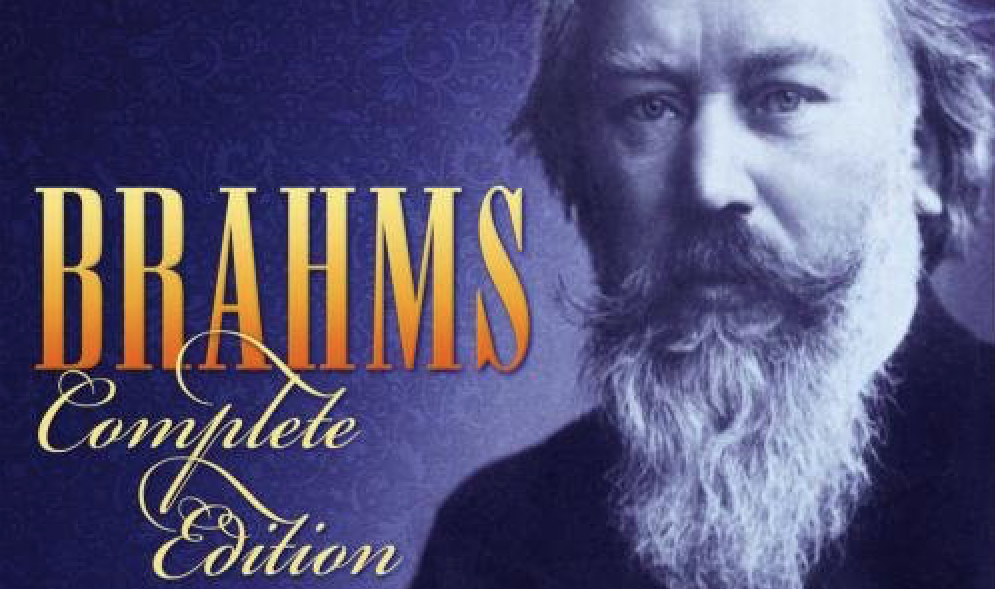
Today’s offering is quite tasty, indeed. But it’s not something I’d listen to actively. It makes for great background (which is what I used it for today). But it’s not clever enough to get my motor running.
Don’t get me wrong. It’s pretty. It’s creative. But it doesn’t move me.
And that’s the key. A piece of music has to move me for some reason. Lyrically, melodically (most important!), musically, historically – something about it has to impress the living crap outta me.
These three violin sonatas don’t.
Oh, I hear occasional bits of something that interests me. Violin Sonata #2, for example, the first two movements, contained pieces of music that I really enjoyed. But not enough to share them with anyone else.
For the record, this is what I’m listening to today:
Violin Sonata No. 1 in G. Composed 1878-1879. Brahms was 45-46.
Violin Sonata No. 2 in A. Composed in 1886. Brahms was 53.
From its entry on Wikipedia,
It was a very fertile and refreshing time for Brahms. His friend, the Swiss pastor and poet Josef Victor Widmann (1842–1911), lived in Berne and they visited each other. He was also visited by the poet Klaus Groth and the young German contralto Hermine Spies. Both Groth and Brahms were somewhat enamoured of Spies. He found himself so invigorated by the genial atmosphere and surroundings that he said the area was “so full of melodies that one has to be careful not to step on any”. In a short space of time, he produced, in addition to this violin sonata, the Cello Sonata No. 2 in F major, Op. 99, the Piano Trio No. 3 in C minor, Op. 101, and various songs.
Violin Sonata No. 3 in D minor. Composed between 1886 and 1888. Brahms was 53-55 years old.
According to its entry on Wikipedia,
Violin Sonata No. 3 in D minor is the last of his violin sonatas, composed between 1886 and 1888. Unlike the two previous violin sonatas, it is in four movements (the others are in three movements). The sonata is dedicated to Brahms’ friend and colleague Hans von Bulow, and and was premiered in Budapest in 1888 with Jeno Hubay on violin and the composer at the piano.
As for my opinion of these, I can tell they’re played well. I think they’re recorded well. But aside from occasional pizzicato or other melodic passages, I don’t care for them.
To me, they sound like the Classical equivalent of Jazz. Busy and unmelodic.
Just my opinion.
Next.
